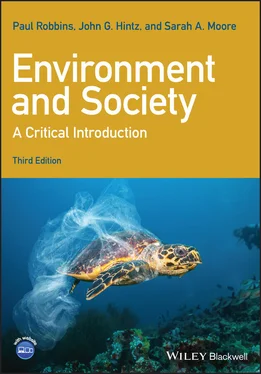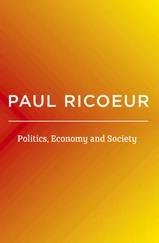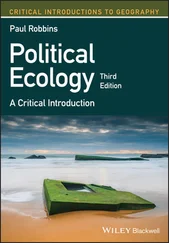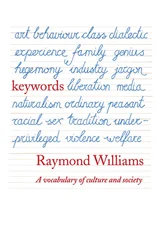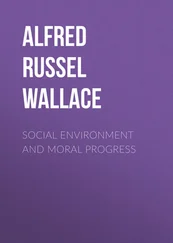Managing Environmental Bads: The Coase Theorem
Market Failure
Market-Based Solutions to Environmental Problems
Beyond Market Failure: Gaps between Nature and Economy
Thinking with Markets
Can using more stuff lead to the availability of more stuff? Can human population growth be good for both nature and society? By the end of the 1970s, when population-centered thinking was dominant, such questions were counterintuitive and hard to even ask. At that time, Paul Ehrlich was the most prominent spokesperson for the population crisis and was typically identified as the paramount and persuasive neo-Malthusian of the time ( Chapter 2). His book, The Population Bomb (1968), was a cornerstone of the thinking and rhetoric of many environmentalists.
It may have seemed surprising, then, for Ehrlich to be challenged to a very public bet in 1980 by a thinker largely unassociated with environmentalism, at least in the public mind. The wager came from economist Julian Simon, who had long maintained that human population growth improved living conditions and environmental quality, because 1) more people means more good ideas, and 2) more demand for things (including clean air and water) produces an incentive to find, make, and creatively maintain the world. His thinking culminated in a controversial article in the journal Science in 1980, entitled “Resources, population, environment: An oversupply of false bad news” (Simon 1980), which maintained that things get progressively better, not worse, with the advent of every birth.
As a journalist for the New York Times recorded a decade later (Tierney 1990), the wager consisted of the men betting $1000 on whether the prices of five metals selected by Ehrlich and his associates – chrome, copper, nickel, tin, and tungsten – would rise or fall in value over the next decade. If Simon was right and the planet was one where the future was always better than the present, the scarcity of these goods would actually decline, owing to increasing human ingenuity and economic growth. If Ehrlich was right and the planet was a finite place bedeviled by rampant consumption, prices should rise considerably. After all, the 1980s was predicted to be a decade of unprecedented growth, with more people born, more quickly, than at any time in human history.
Ehrlich lost the bet. The prices of all five commodities fell dramatically as new sources for each were found and new substitutions for each were developed in laboratories and factories around the world. For Simon, it appeared to vindicate a view of the world wholly different from that of end-of-the-world Malthusian environmentalism (Sabin 2013).
Of course, questions might be asked about the real environmental value of such a bet, and certainly have been in the decades since. To what degree had these two men really “bet the planet?” Had they not really only wagered on the commodity prices of a handful of relatively trivial ecological assets? What if they had bet on whether global temperatures or atmospheric concentrations of greenhouse gases would rise or fall? What would the future hold for these commodities and others as population continued to grow at an expanding rate?
Nevertheless, Simon had, in a very public way, conveyed a view of the relationship between nature and society that was rather different than that of population-centered thinking. Simon’s essential economic worldview was reflected in this bet. Beyond its essential optimism, this view held at its heart the creative potential of human beings, the importance of incentives in producing outcomes, and the utility of price for not only measuring but also creating brave new worlds (Field 2005).
Sustaining Environmental Goods: The Market Response Model
Contrary to population-caused visions of scarcity (Malthusian or otherwise), thinking economically suggests that scarcity does not set the limits of the relations between society and environment, but instead operates as the engine of their interaction. Here, scarce resources are made available, or indeed abundant, through the working of supply and demand, which inspires the creative potential of human imagination to be unleashed by economic incentives.
In this way of thinking, available resources, because they are valuable, are exploited and used for social good. Oil is burned to propel cars that take people to work, landfills are made to dispose of waste far away from populations, and vegetables are consumed to maintain people’s health. Exploitation of environmental goods, even renewable resources like forests or fisheries, does tend to decrease their supply (just as any good Malthusian would insist!). But when things become scarce, their price in a market tends to rise; consider: people pay more for gold than lead. This increase in prices, rather than spelling immediate or imminent ecological disaster, presents producers and consumers with new and interesting choices (Figure 3.1).
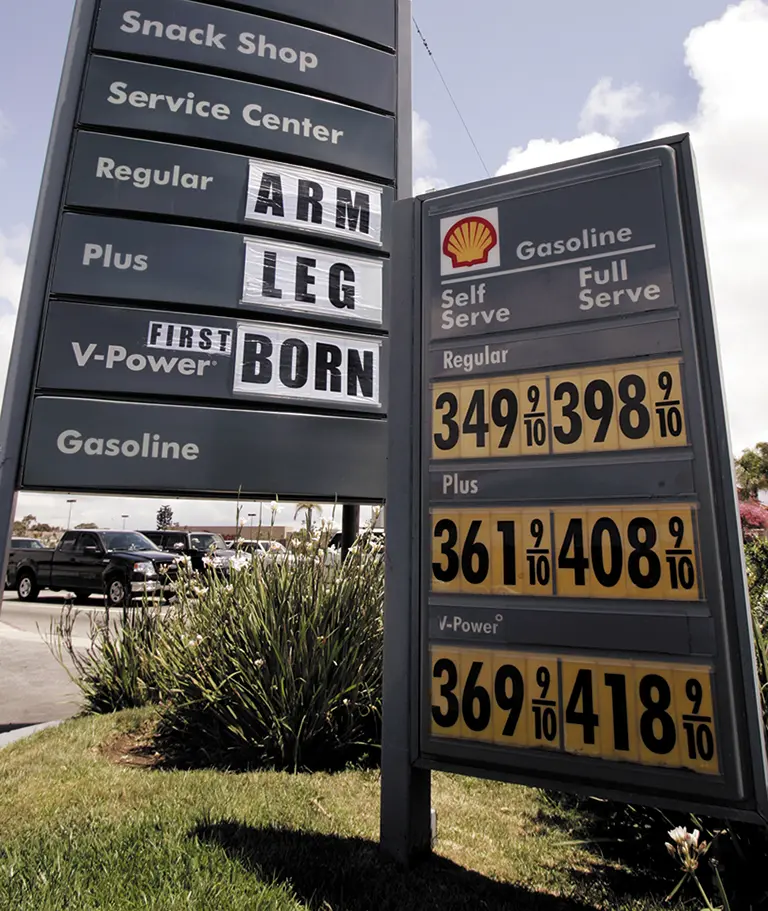
Figure 3.1 Environmental scarcity drives markets. Shell gas station operator Steve Grossi’s gasoline price board at his Shell station in Huntington Beach. Source : REUTERS/Robert Galbraith.
For producers, the increase in prices may open up innovative opportunities for finding new sources of resources or developing new technologies to extract, produce, or synthesize environmental goods, including those techniques previously too expensive, relative to the price of the resource, to consider.
In the southwestern United States, for example, where it had dominated for a century, copper mining came to a sudden halt in the 1960s and 1970s. Mineral stocks had become too diffuse to merit the expensive effort of extracting them from the ground, where only traces remained. But when the price of copper rises, as it has in the last years of the first decade of the twenty-first century, applying more expensive extraction techniques to long-dormant surface mines begins to become profitable, leading to renewed mining and increased supplies.
Similarly, as the price of one good rises relative to the price of a less frequently used alternative, people might turn to this alternative as a cheaper substitute. History is full of such substitutions, from whale oil being replaced by carbon mineral oils to copper pipes giving way to polymer plastic ones. Innovations driven by such responses to scarcity create new economies in themselves, employing technicians, workers, and designers in new, previously unimagined production systems.
Producers and suppliers are not the only creative actors in such markets for environmental goods. Those who consume these goods, either firms that need them for production or individual people, also respond to prices. For consumers, an increase in the price of a good typically leads people to use that good less – decreasing demand. They may reuse or recycle the goods they have already used, come up with new substitutes of their own, or increase their efficiency of use. If the price of water rises to a point where it is too expensive to water the garden, consumers might abandon outdoor plants, substitute less water-demanding species, or reuse the “graywater” from their washing machine and sink to care for their landscape. All of these efforts at conservation, it should be noted, are driven not by altruism or green sensibilities, but rather by a simple response to market forces.
Market Response ModelA model that predicts economic responses to scarcity of a resource will lead to increases in prices that will result either in decreased demand for that resource or increased supply, or both
Читать дальше
